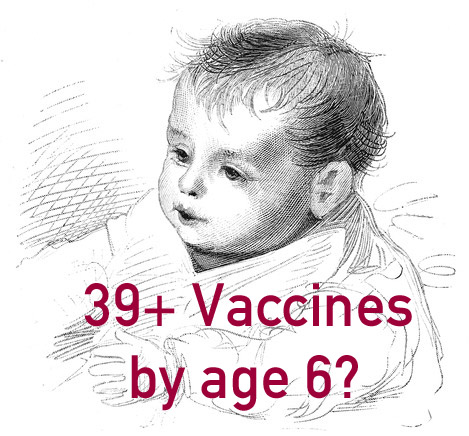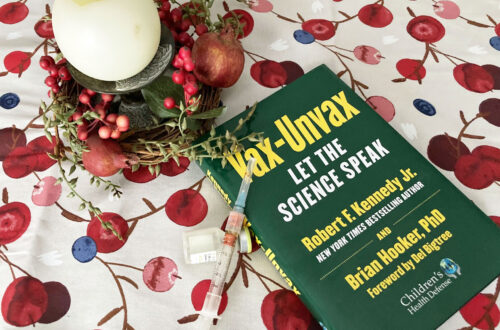The CDC is asking for comments on Vaccine Information for the MMR and MMRV. I responded with my observations. This vaccine impacted the health of my twins when they were toddlers. It is my hope that our health system will listen to the concerns that parents and teachers have raised over the expanding number of vaccines that children are receiving.
As a child I received the DTP and polio vaccines. My children have received more. The MMR was released in the 1970s. The current recommended vaccine schedule is extensive including combination vaccines and single vaccines. You can view the schedule here.
In 1986 a law was passed giving vaccine producers immunity. Pharmaceuticals could not be sued for injury caused by vaccines. Their products would automatically be sold if placed on the CDC list of recommended vaccines. The floodgates were opened.
The hepatitis B vaccine, chicken pox vaccine, rotavirus vaccine, pneumococcal vaccine, hepatitis A vaccine and yearly flu vaccines were added to the schedule for children in the first five years of life. And additional vaccines are recommended for school age children.
So many vaccines. A Dutch study suggests that the vaccines may have a negative impact on health. The study involved 635 children. According to a comparison between vaccinated and non-vaccinated children, the vaccinated had a much higher rate of ear infection. That caught my attention because I remember being bewildered by the repetitive ear infections that my children had in the first five years. My siblings and I did not experience this when we were children. You can read the study and view graphs showing the difference here.
The hepatitis B vaccine was introduced during Bill Clinton’s presidency. Hepatitis B is acquired through body fluids (sexual activity) and through contact with infected blood. Why was it scheduled for infants? Did we have any research to assure safety?
As the infants who received the hepatitis B vaccine reached school age, school nurses observed changes in children’s health status. A letter was sent to a subcommittee of the House of Representatives for a hearing on the safety of the hepatitis B vaccine.
This is a school nursing perspective for the congressional hearings to be held on May 18, 1999 regarding the safety of the hepatitis B vaccine that is being mandated for newborns and now older children in America. We ask you to please consider the following information and submit it into the congressional testimony. As nurses we continually see more and more damaged children entering our schools, and we are very concerned that a major portion of that damage may be due to the hepatitis B vaccine’s assault on the newborn neurological and immune system. To read more click here.
Another puzzling phenomena is the rise in peanut allergies among children. More and more children are being diagnosed with a severe peanut allergy.
Maria Rinaldi, an epidemiologist at the University of Minnesota, conducted a study that was reported by Reuters.
Rinaldi said her team, who published their findings in The Journal of Allergy and Clinical Immunology, used a strict definition of allergy, and only included children who had laboratory-confirmed peanut allergy, narrowing the group down to 171 kids.
They found that fewer children had been diagnosed with peanut allergy in 1999 compared to later years.
For instance, just 10 children in the county were diagnosed in 1999, and 30 were diagnosed in 2007.
There is some evidence that peanut oil has been used in the production of vaccines. Dr. Palevski, a pediatrician, comments on this:
Vaccination is an accepted part of our culture. It is mainstream, but it has expanded so much that we need to question the number of vaccines that children are getting. The medical field needs to listen to parents–and we need to continue to speak up.
Sharing this post with Tuesdays with a Twist and Christian Blogger Community




